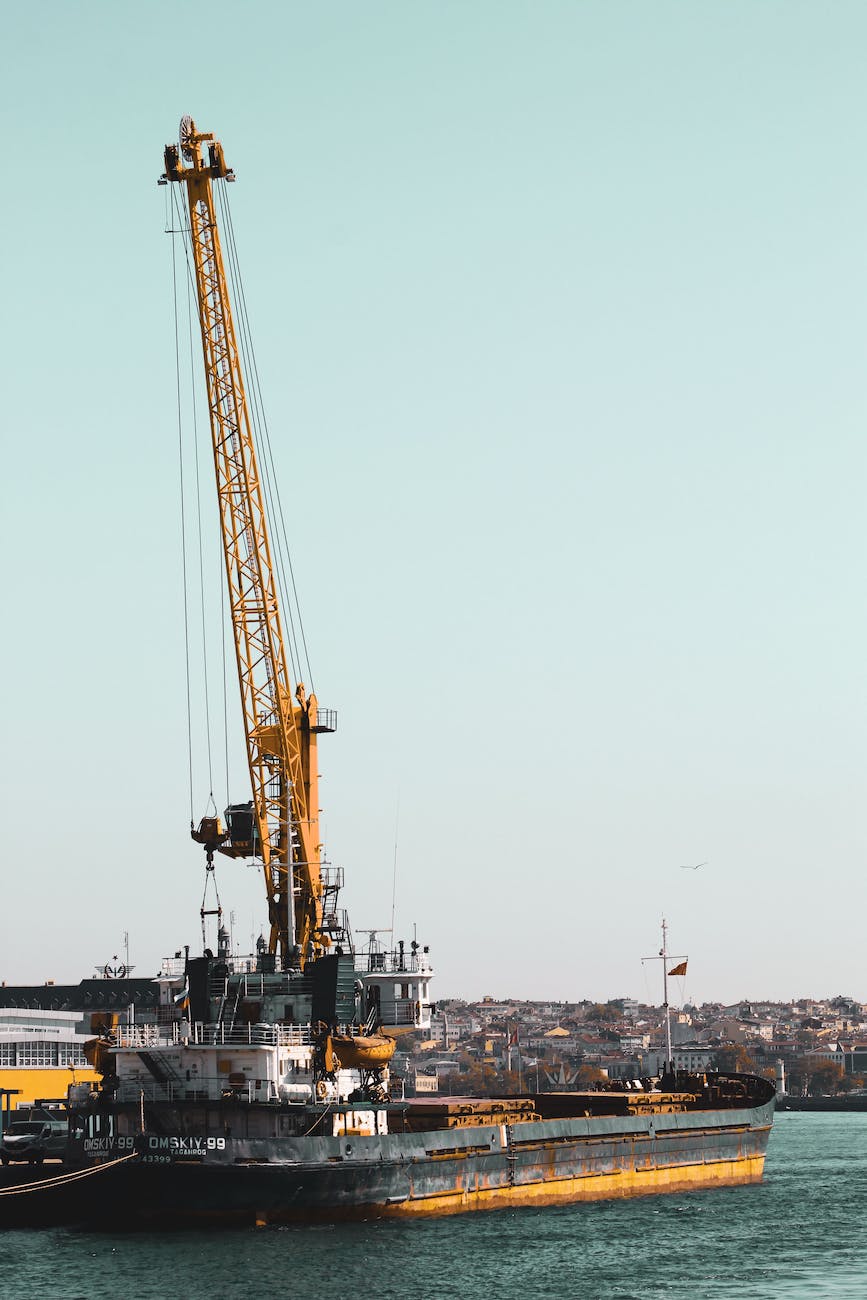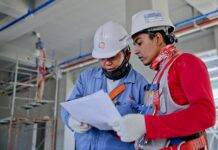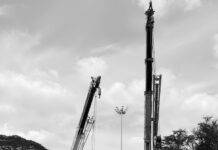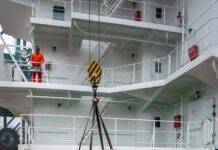
Lifting and Rigging Procedure
Lifting and rigging Procedure : work is counted among the more hazardous tasks. When doing this work, it is important not only to understand the proper lifting and rigging technique but also to understand the possible hazards that may occur during that work. They can be removed during work and accidents can be avoided.
During Rigging and Lifting there must have been many incidents involving minor injuries, major injuries or fatalities, which you can give as examples while explaining the safe work procedure.
Because there is some reason behind any accident and what was the reason behind the accident, the example of which you are giving, tell about it. So that the workers remember the reason of that accident at the time of work and again. Show commitment not to have accidents.
Lifting and Rigging Incidents
When doing lifting and rigging work, many incidents can happen because it is a high risk job but there are some incidents that happen occasionally and become the cause of fatalities like rope, chain or Breaking of the wire rope. Apart from this, there are some such incidents which are as follows-
– Enduring Sprain in any part of the body
– Getting crushed by load
– When lifting an item, in such a situation, the boom of the crane gets stuck in the high tension voltage or the lifted item gets entangled in the electrical wire.
– Falling due to mis-balance of any material
– Injury or death of any person in contact with falling load.
It does not happen that when the safety procedure is followed during the work, an accident does not happen, an accident happens even then. That’s why we tell each worker about the possible hazards before doing the work. – They are alert about the dangers that pass and it helps more in the awareness of safety. Due to which they are ready to keep the work site safe and are also honest with the PPE.
Rigging and Lifting Hazards
When the work of rigging and lifting is done, only one danger comes to mind first and it is that after breaking the rope or chain, the material will come down and there is a possibility of injury to the people coming in contact with it. can. Events like this usually occur that lead to a dire consequence.
Apart from this, there are other serious incidents which cause damages and property loss. Let us understand it through the following points
– If the load is hanging and swinging it can pose a greater risk ( Swinging Loads )
– When manual handling of heavy goods is being done.
holding the tag line
– If someone is moving equipment, then that can also become the reason for an accident.
By holding the pinch point, there is a possibility of crushing the hand.
– working on height
There is a possibility of accident due to slipping of material.
Lifting and Rigging Safe Work Procedure
1. If lifting and ringing work is to be done, a trained person should be involved in such work and they should have complete knowledge about the work scope, hazards and where to shift the materials.
2. Before lifting any material, a lift plan should be prepared in writing. The lift plan should be made in such a way that it ensures the capacity of desire rigging, equipment’s angel, crane and rope.
3. Before lifting any material, where to shift it, that is, the route should be determined in advance to carry it. Apart from this, the potential of fire line should be seen. This point is part of the plan, so the material will not collide with any other object while lifting.
4. When lifting any material, the rigging should be checked before that. If more than one lifting work is to be done, then all the equipment related to it is to be used, after finishing one work, check it again and start another work.
5. When the lifting work is over, the rigging should be stored at the proper place. By storing it properly, the rigging does not deteriorate quickly and there is no possibility of accident.
6. When lifting and rigging work is being done, always stay away from the material which has been lifted. Always use a tag line or push stick to ensure the location of the load.
Lifting and Ringing Best Practice
1. Before the work of Lifting and Rigging starts, it should be decided that the person who is going to perform the work is competent, qualified, experienced or can say whether that person is certified or not.
2. Whoever is going to use tools, tackles or hardware in lifting and rigging, it is necessary to inspect the damages before work.
3. The lifting sling which has to be used, it is necessary to check its capacity and condition.
4. Observe the load before lifting the material you are going to lift. Because the tools you are going to use for lifting have their own capacity and use the tools according to their capacity.
5. What kind of sling is to be used to lift the material, it should be determined in advance.
6. What kind of angle to use for proper sling while making over head lift ( 900 , 600 , 450 , 300 ). The smaller the angel, the lesser the load can be carried by the sling.
7. Before lifting the same, it is mandatory to find out the load center of gravity (COG) and do rigging accordingly.
8. Where you and your co-workers will stand when the load is being lifted, it should be decided in advance. Do not stand near or under the material being lifted.
9. Sling should be protected from cuts and damages.
10. When lifting and slinging is being done, the outside environment condition should be considered. The weather should neither be too hot nor too cold and the wind speed should be 22km/hour to 36km/hour during the same lifting. This standard varies from company to company.
























